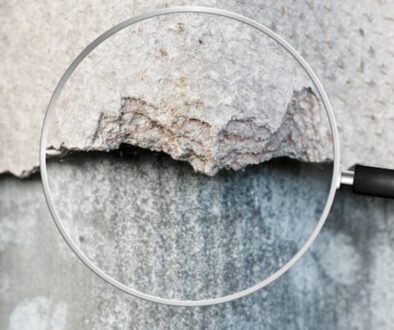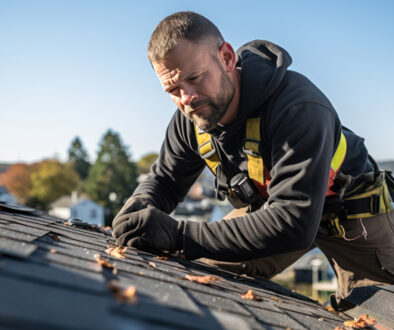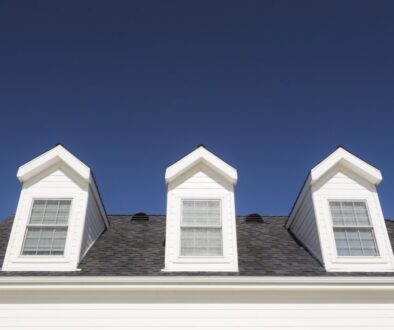7 Reasons Why Roof Drainage Is Important
The quality of your house’s roof drainage system affects your home’s foundation, roof, and surrounding areas. Yet, many homeowners overlook the importance of effective roof drainage.
When working right, a roof drainage system should channel water and debris on your roof to a safe drainage area. Unfortunately, the most common types of roof drainage systems, especially flat roof drainage systems, are prone to collecting debris, such as leaves, pine straw, dirt, and shingle particles.
These materials can clog your gutters. And, if left neglected, a clogged gutter can lead to costly repairs and a myriad of water problems in the future.
1. Roof Damage
Holes and cracks can develop in your roof due to the pressure of pooling water. This can eventually lead to water leaks into your attic and home.
2. Gutter Damage
Poor roof water drainage causes even more damage to your gutters, as clogged drainage pipes may begin to sag from the weight of debris accumulation.
3. Weakened Foundation
Groundwater accumulation can erode soil around the base of your home and weaken its foundation.
4. Fascia and Wood Rot
Wood decomposes when exposed to water over long periods of time. And rotten wood often leads to permanent structural damage that’s expensive to repair.
5. Mildew and Mold
Moisture from water accumulation is the perfect environment for mildew and mold growth, which is especially bad for your health.
6. Flooding in and around Your Home
Flooding from leaks and water buildup can happen around your home’s exterior as well as inside basements.
7. Pest Infestation
Rodents and insects thrive on pooling water from poor drainage systems.
To stay ahead of these problems, have your house roof drainage system inspected to catch any drainage problems before they cause bigger issues.
An expert roof drainage system inspection will give you peace of mind.
Contact StaDry Roofing and Restoration to schedule yours today!

Tips to Improve Roof Drainage
Here are a few steps you can take to ensure your roof’s drainage system is working as it should.
Schedule Regular Inspections
The parts of a drainage system—including the gutters, gutter covers, interior drainers, scuppers, and downspouts—may warp and corrode overtime. That’s why it’s important to have an expert regularly check these elements. We recommend marking your calendar to schedule a drainage system inspection at least twice a year and/or after water or fire damage.
Often, water leaks and other signs of roof drainage can remain hidden and go unnoticed. During our inspection, we will clear blockages from your gutters, check for leaks, and ensure your roof and gutter systems are properly draining water and other materials away from your roof.
Know the Signs of a Roof Drainage Problem
Learn the signs of a drainage issue, so you can know when to contact a professional for an issue before it becomes a bigger problem.
Clogged drainage systems present a wide range of signs.
- Roof leaks
- Water flowing off the sides of your roof
- Water overflowing from gutters
- Water draining behind gutters
- Rusty roof drainage pipes
- Water stains on siding
- Sagging guttersThese are warnings you shouldn’t ignore. The quicker an expert addresses them, the better chances you have to avoid a costly problem.
Keep Your Roof Clear
For some homes, it may not be possible to keep your gutters completely free of debris. After all, a gutter system’s job is to catch and remove objects from your roof.
However, try to keep branches from hanging over your home by regularly trimming and removing trees. Twigs, leaves, and tree particles are the main culprits of clogged roof drains.
How Many Roof Drains Does My Home Need?
The right number of drains on your roof helps create an effective drainage system. This is best determined by a roofing expert, as they can use a roof drainage calculator to determine how many drains or downspouts you need.
StaDry Roofing and Restoration provides complete roofing services, from calculating your drainage usage to waterproofing your roof and installing gutters.



